Peenya Industrial Area, one of Bengaluru’s oldest industrial hubs, is facing a significant challenge — rising urban temperatures exacerbated by the Urban Heat Island (UHI) effect. The aggregated maximum Land Surface Temperature for the first 8 months increased from 43 ℃ in 2023 to 46 ℃ in 2024, as derived from the ECOSTRESS sensor.
This phenomenon, in which urban areas experience higher temperatures than their rural counterparts, is particularly pronounced in Peenya. The area’s industrial growth, coupled with a lack of green cover and the prevalent use of heat-absorbing materials, has made it one of the hottest zones in the city.
The heat risk for the ward was assessed during a recent DataJam organised by OpenCity, also an Oorvani initiative, in partnership with WRI India and the BBMP Climate Action Cell, supported by ATREE. The calculation was based on:
- Hazard: The Urban Heat Island (UHI) effect, quantified using Land Surface Temperature (LST).
- Vulnerability: A measure of how susceptible the population is to the hazard, assessed by analysing the demographic composition of the area.
- Exposure: Typically quantifies economic value, which in this context can be represented by general productivity or human-hours lost due to the hazard.
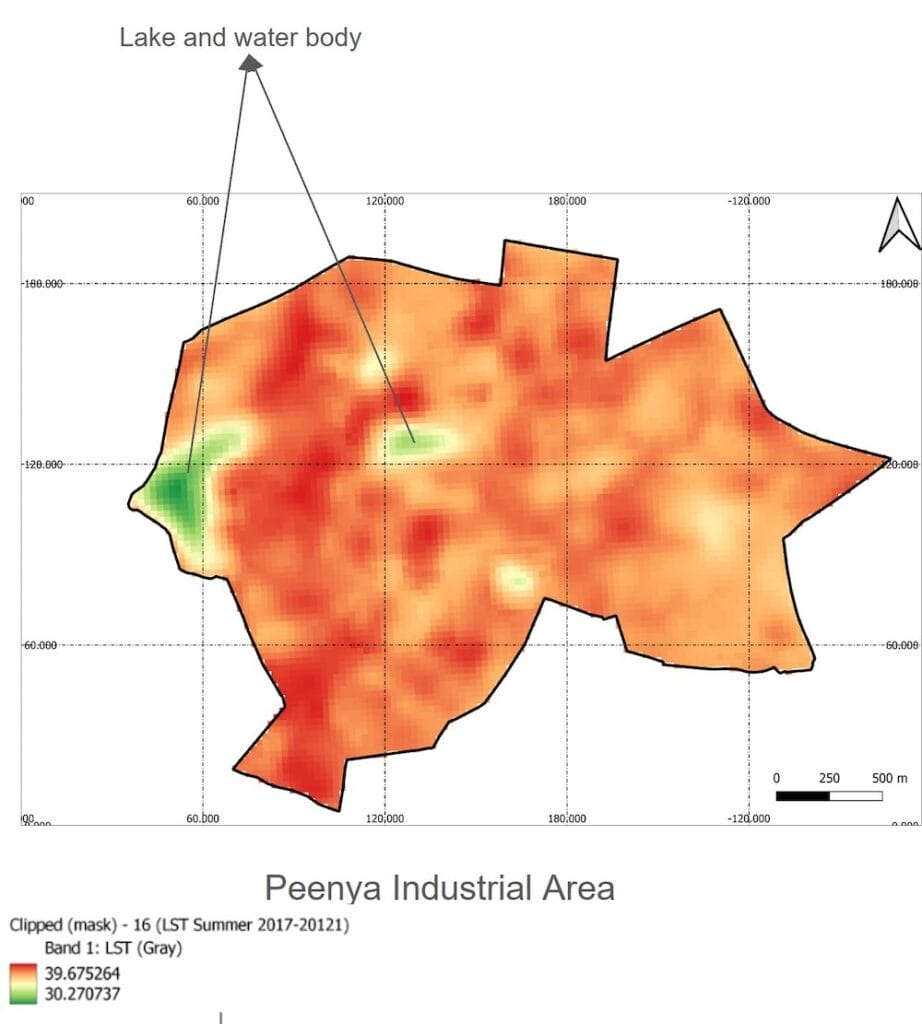
Connectivity and urban growth
Peenya spans approximately 40 square kilometres and is home to around 5,000 small-scale industries and 30 medium-scale industries. It employs about 5 lakh people, with 50% or approximately 2.5 lakh being women. The area boasts an annual turnover of approximately Rs 15,000 crores, with exports totalling around Rs 6,000 crores, contributing approximately Rs 3,700 crores to the exchequer, according to the Peenya Industries Association.
Its strategic location along major highways like NH-75 and NH-44, coupled with its proximity to Bangalore City Railway Station and Kempegowda International Airport, has spurred its growth. However, this rapid industrialisation has come at a cost — unplanned urban development, inadequate infrastructure, and environmental degradation.
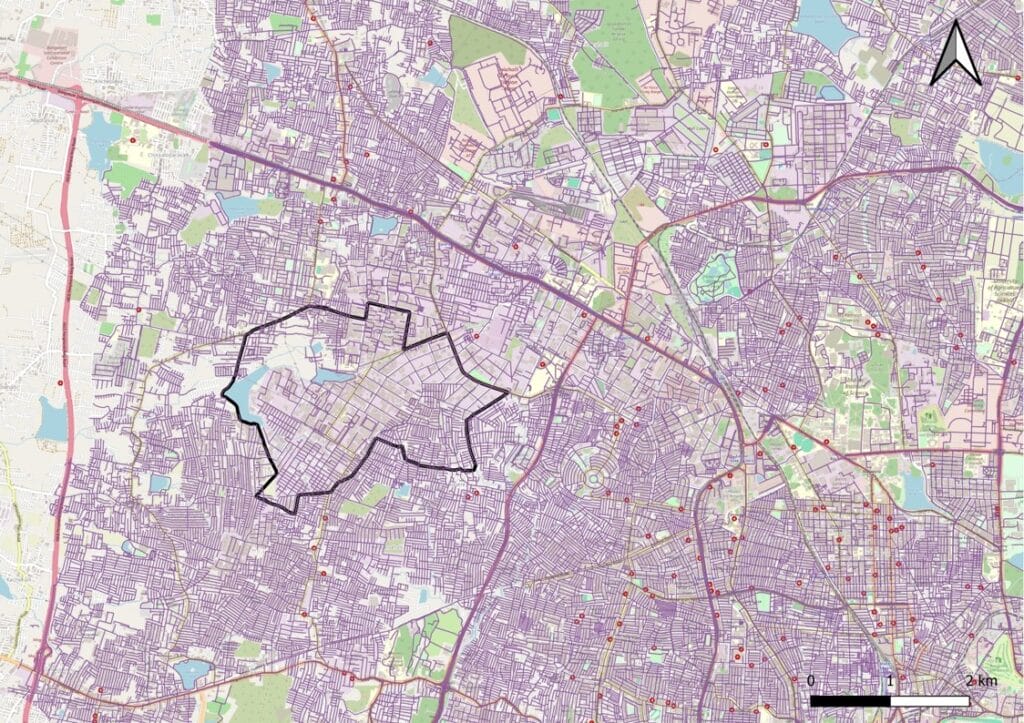
Overview of Peenya’s environmental crisis
Our analysis (LST data generated by BCAP 2023, specifically using the data from the other four wards that are similar in area to Peenya Industrial Area) indicates that Peenya has the highest temperature difference when compared to other key industrial and residential wards in Bengaluru. The situation is aggravated by several factors:
Low tree cover: Peenya has the lowest tree cover among comparable wards, with an average of just 0.09 trees per person. This is significantly lower than wards like Jalahalli and Vasanth Nagar, which have 0.63 and 0.31 trees per person, respectively.
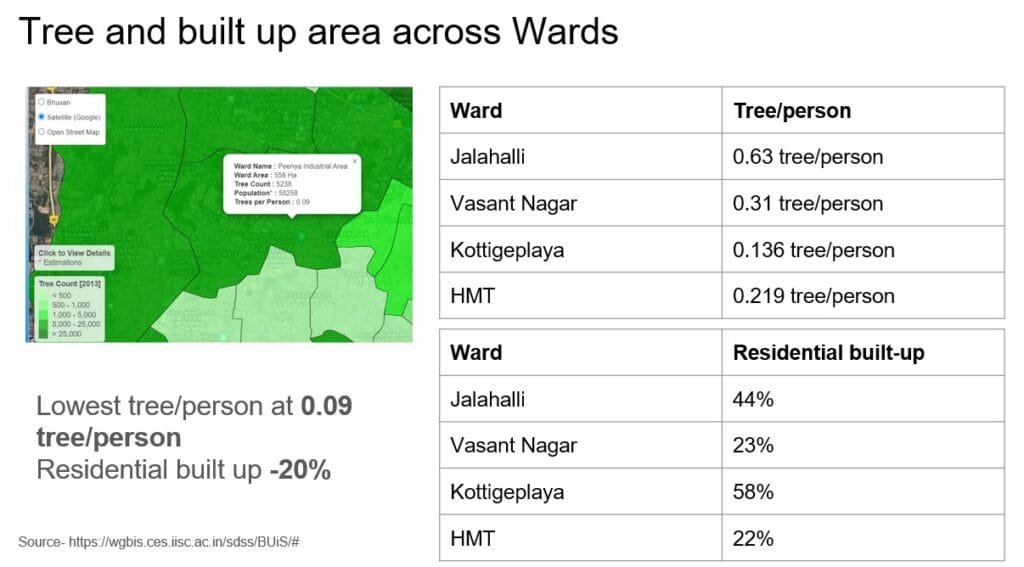
Vulnerable roofing: Approximately 35% of housing in Peenya is roofed with materials like GI metal and asbestos sheets, which lack heat insulation capabilities. These materials not only absorb heat but also trap it, leading to higher indoor temperatures. Additionally, about 30% of homes in Peenya still rely on traditional cooking fuels such as kerosene and firewood, which further contribute to internal heating.

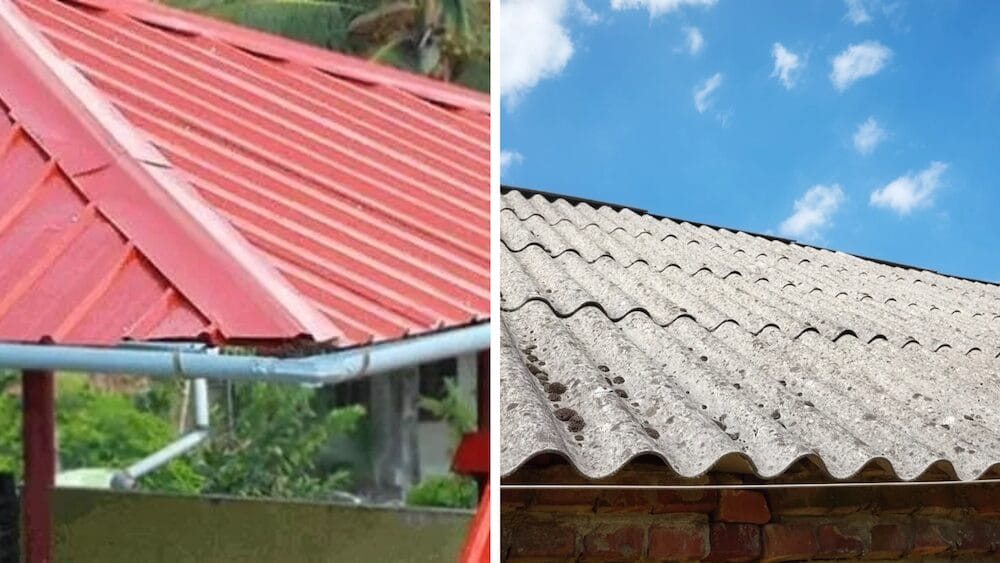
Temperature differences across wards: The temperature in Peenya is about 12°C higher than in other wards, making it a significant outlier in terms of heat. Wards like HMT and Jalahalli exhibit much lower temperature differences of around 5-6°C, highlighting the severe impact of industrialisation and poor urban planning in Peenya.
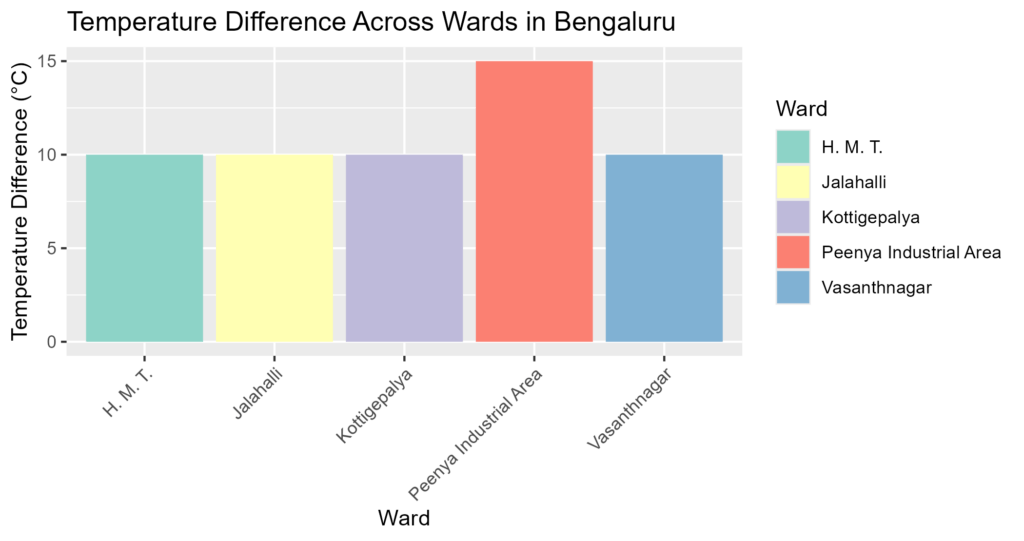
The human impact: The rising temperatures in Peenya have direct and dire consequences for its residents, especially those living in informal settlements and those working in industries. The heat exacerbates health issues, reduces productivity, and increases the energy demand for cooling. The population’s vulnerability is compounded by inadequate infrastructure, with many households lacking access to cooling devices or adequate housing.
Possible solutions
Addressing Peenya’s UHI effect requires a multifaceted approach:
- Green roofs and roofing alternatives: Introducing green roofs or painting existing roofs with lime-based whitewash could reduce indoor temperatures by up to 5°C. Additionally, finding low-cost alternatives to metal sheet rooftops could provide much-needed relief to residents.
- Lake revitalisation: The Narsappanahalli and Shivapura lakes near Peenya have the potential to reduce the area’s temperature. Reviving these lakes could help mitigate the UHI effect, creating cooler microclimates in the surrounding areas.
- Increasing LPG usage: Promoting cleaner cooking fuels like LPG through initiatives such as the Ujjwala scheme can significantly improve indoor air quality and reduce heat generation within homes.
- Public park opening timings: Additionally, public parks can be kept open for the whole day during peak summer times. This can help mitigate high heat effects on the vulnerable population, particularly blue-collar workers. Parks are not accessible within the core industrial area but, are located centrally within the residential areas, which is part of the ward boundary.
Planning for heat mitigation and adaptation
Peenya Industrial Area’s environmental challenges are a stark reminder of the need for sustainable urban planning. Addressing these issues not only requires government intervention but also active participation from industries and residents. As Bengaluru continues to grow, the lessons learned from Peenya could guide future urban development, ensuring that economic progress does not come at the expense of environmental sustainability.